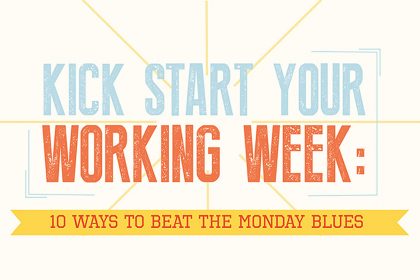Why does my baby not sleep deeply and other sleep-related concerns
Are you struggling with a poorly-sleeping baby? Find out whether they might be experiencing sleep regression and how to help them sleep deeply.
If you were to ask parents about their most common complaints and issues related to their newborn and the impact it has on them individually and as a family unit as a whole, it’s very likely that the subject of sleep will loom largest.
Learning to deal with the matter of sleep and the way your baby takes to this period of their development is essential, and a lot of this will be trial and error for those who are new to parenting. Either way, here are some helpful thoughts on the topic.
The difference between REM sleep and non-REM sleep
The crucial part of healthy sleep is the portion where they are in a state of deep sleep, otherwise known as non-REM sleep, and it’s when your baby will secure that much-needed rest which in turn aids cognitive development.
REM sleep refers to the first portion of the sleep cycle and usually means your baby’s eyes are closed, but they are not actually in a deep sleep. Therefore they are prone to be more easily awakened.
When awoken from this state, a baby is likely to be very frustrated and may well cry; this may be an experience you’ve regularly encountered, say, perhaps when your sleeping baby is moved from a car seat to their bed.
The REM portion of sleep is typically around half of their sleep cycle, so around 15 to 20 minutes.
Non-REM sleep is deeper and is the calm state of sleep you’ll want your child to achieve. It is something that is far deeper for babies under four months old. Ideally, if you have to transfer your baby from one place to their crib, it should be during their Non-REM sleep state.
These non-REM sleep cycles last around 20 minutes, and then your baby will hopefully continue into another cycle rather than waking up.
Obviously, it’s ideal that their baby sleeps in a room and environment that is adequately ventilated, not too warm or cold, and above all else, insulated from noises that may prevent or interrupt sleep.
White noise machines are a good investment, and you can, of course, find a number of apps on your phone that offer similar tools.
Sleep regression
The subject of sleep regression is one that most parents are aware of and hope to avoid, but it is, in many ways, inevitable. Sleep regression ages differ, but these tend to happen at four months, eight months, ten months, 18 months, and up to 24 months.
These periods may be more pronounced for some parents, but basically, what’s occurring is your baby is adjusting their sleep patterns as they grow and develop. Basically, in simple terms, they may well wake up more often at night, or perhaps their usual mid-day naps may prove less successful.
These periods of regression can also run concurrently with and be associated with developmental growth, feeding patterns, and the learning of new skills, which can all impact the sleep patterns of babies.
In other words, all of this is perfectly normal and is, in many ways, a good indicator of positive growth.
Signs that your baby is experiencing sleep regression
So what are the signs of sleep regression? Well, some are more obvious than others. You may notice that your baby needs less time to nap or might refuse to take a nap at all, signs that their sleep patterns are altering.
Your baby may protest against sleep or wake up crying during the night or a nap, and these are potential cues that their sleep patterns have regressed or changed.
Getting your baby to sleep deeply
As with much of your baby’s early development, routine is vital. Developing a series of tasks ahead of bedtime helps tell your baby that sleep time is just around the corner.
Eating a good wholesome meal helps to tire your baby and makes them feel fulfilled and happy, and bathtime also plays a crucial role in mentally preparing your baby for sleep and easing them into a more relaxed state.
Make sure to put your baby to sleep when they are tired. There are many cues that indicate when a baby is ready for sleep, so watch out for them, even if they occur outside everyday bedtime routines. Here are some common indicators.
- Yawning
- Pulling at their ears
- Difficulty in focusing
- Sucking on fingers
- Appearing distressed or confused
- Jerky and unpredictable arm movements and arched back
A toddler has additional signs, such as
- Being more clumsy than usual
- Crying
- Being very clingy
- Demanding attention
- Not wanting to eat anymore
No two children or babies are the same, so your child may well exhibit other signs, all of which you’ll learn to spot and deal with.
Having a quiet period before sleep is always important. That may just simply be sitting with them or lying with them in a quiet place, maybe with a bottle or a book. This period of calm may only require a few minutes before the baby is asleep but could take longer, depending on the situation on that particular day or night.










